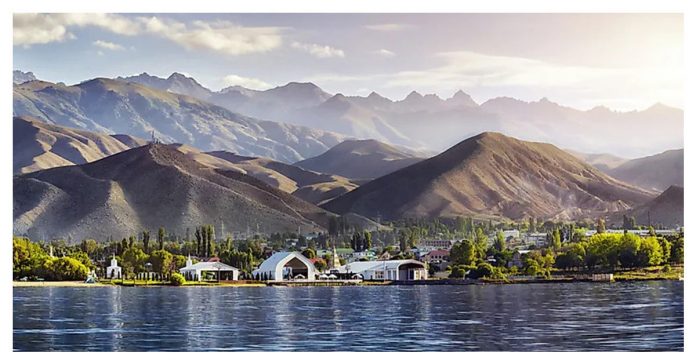With its glassy, motionless surface and rainbow of colors, a gorgeous lake may exhibit some of water’s most captivating characteristics. Found across Asia. And if their crystalline or vibrantly colored waters aren’t enough, the diversity of fauna they frequently attract may. Asia is the world’s largest continent in terms of area and population–a diverse, cosmopolitan melting pot containing some of the world’s oldest civilizations. There is so much to see and do in Asia that it’s difficult to limit it down to a shortlist–it may take months to explore just one country thoroughly.
The following are the top twenty most exotic lakes in Asia:
Pangong Tso Lake, India
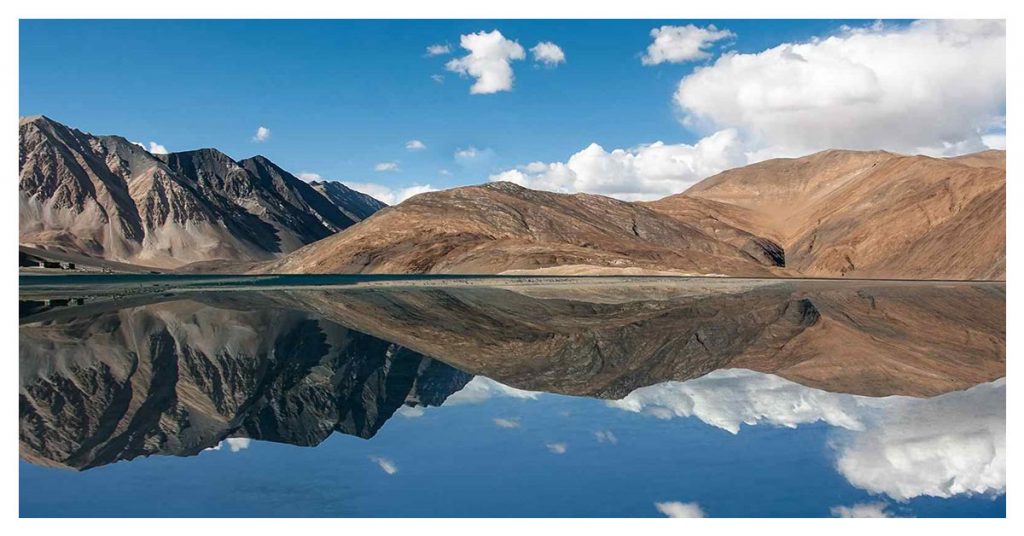
Pangong Lake, also known as Pangong Tso, is a magnificent endorheic lake in the Himalayas that stretches 134 kilometres from India to China. Pangong Lake is located at a height of 4350 metres and is one of the country’s most popular tourist attractions. This lake’s beauty and charm have drawn visitors from throughout the country and beyond. The lake is reportedly in the process of being designated as a wetland of international significance under the Ramsar Treaty, and if everything goes well, it will be the first in South Asia to be designated as a trans-boundary wetland under this convention. One of the reasons this Lake is so popular is that it constantly changes hues.
Lake Kawaguchi, Japan
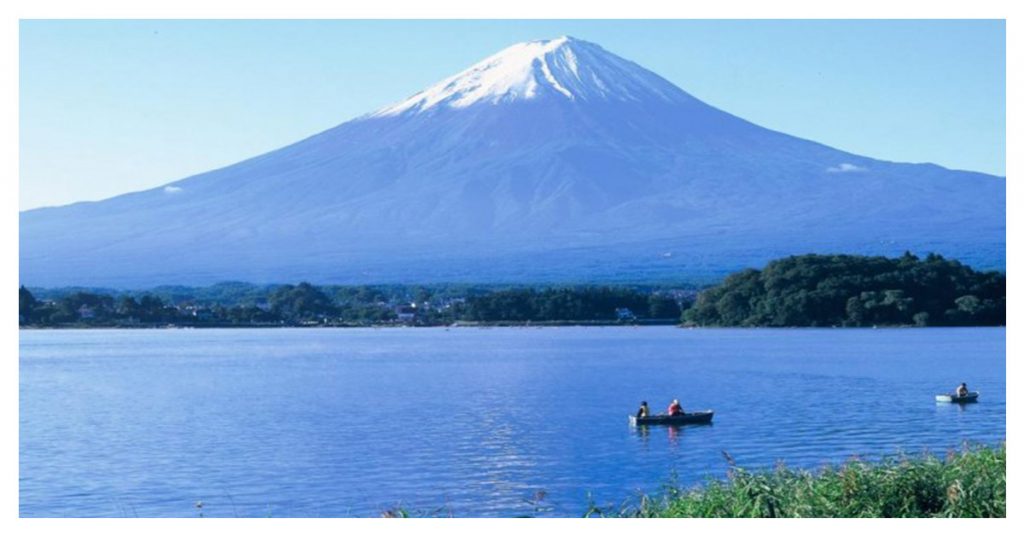
This lake is located on the slopes of Mt. Fuji and is a UNESCO World Heritage Site. This is one of Japan’s most famous lakes. Mountain ranges border the lake on three sides, and on the fourth, Mt. Fuji stands above everything. When the weather is clear, this lake reflects Mt. Fuji. It’s called ‘Reverse Fuji,’ and it’s one of the most breathtaking vistas you’ll ever see. Here, you may experience all four seasons. The cherry blossoms in the spring, the verdant forests in the summer, the falling leaves in the autumn, and the snow-covered peak in the winter. Winter is the most fantastic time to see the Reverse Fuji.
Tilicho Lake, Nepal
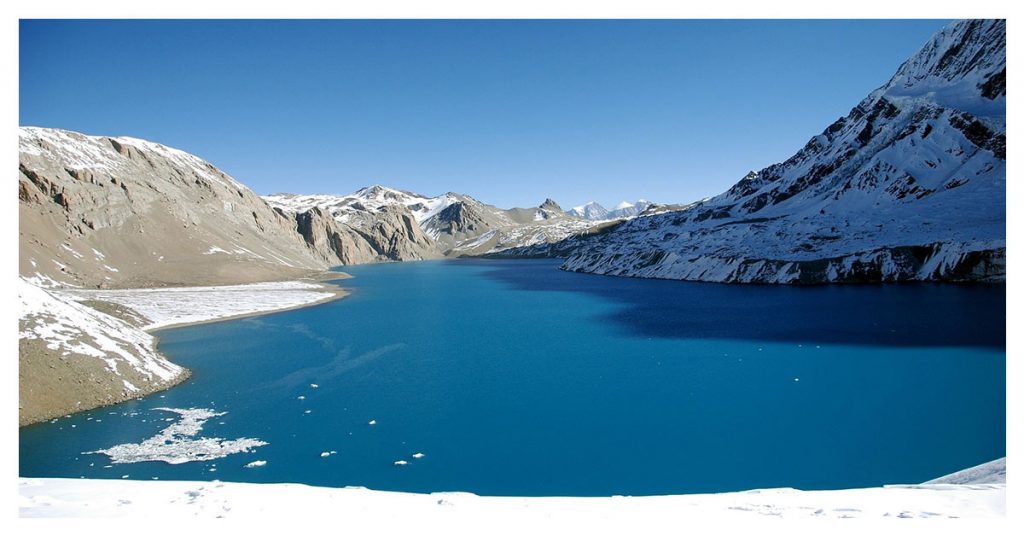
Tilicho Lake is the destination of one of the Annapurna Circuit’s most popular sidewalks. The additional 3–4 days are required for the hike. There is no need to camp, as new lodges have been constructed between Manang and the lake. The final approach to the lake is a day hike from Tilicho Base Camp’s lodging.
Tilicho Lake was the site of one of the highest diving dives ever attempted.
Hindus consider Tilicho Lake to be the old Kak Bhusundi Lake referenced in the Ramayana tale. It is said that the sage Kak Bhusundi originally relayed the events of Ramayana to Garuda, the king of birds, near this lake.
Namtso Lake, Tibet
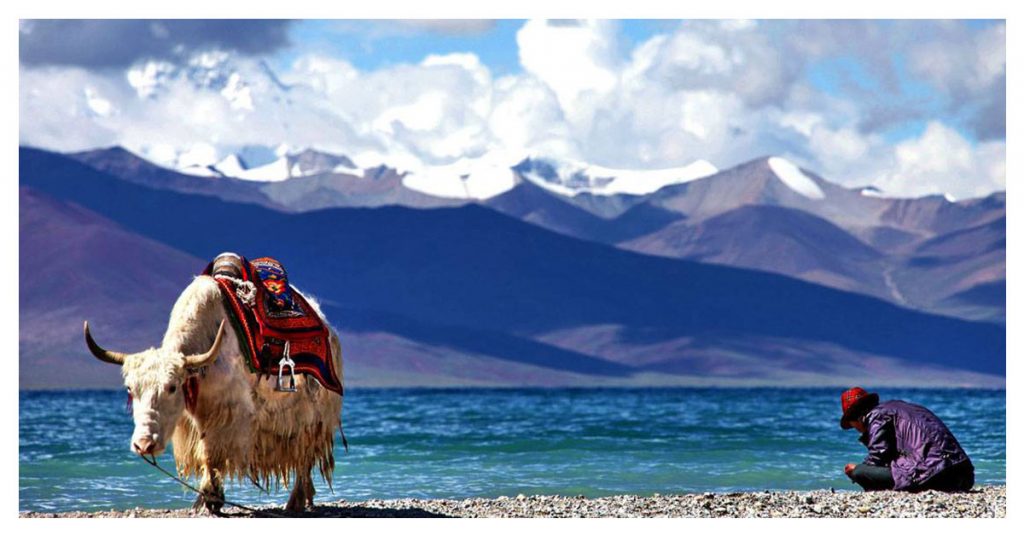
Namtso Lake is characterised by its surreal beauty. It is surrounded by the majestic Mt Nyenchen Thangla Ranges. With seagulls flying above the glistening sapphire lake, you stroll along Namtso’s limitless coastline, gazing out towards the far snow-capped rolling mountains. Occasionally, you will cross a group of prostrating Tibetan pilgrims. The chanting of mantras, the soft lapping of the lake, and cave retreats in five surrounding peninsulas, among other things, heighten your awareness of walking through an earthly heaven.
Additionally, don’t forget to take in the hours-long road trip filled with nomadic Tibetan sceneries. Additionally, you can cycle or trek to the enchanted Namtso Lake.
Dead Sea, Israel, Jordan, and the West Bank
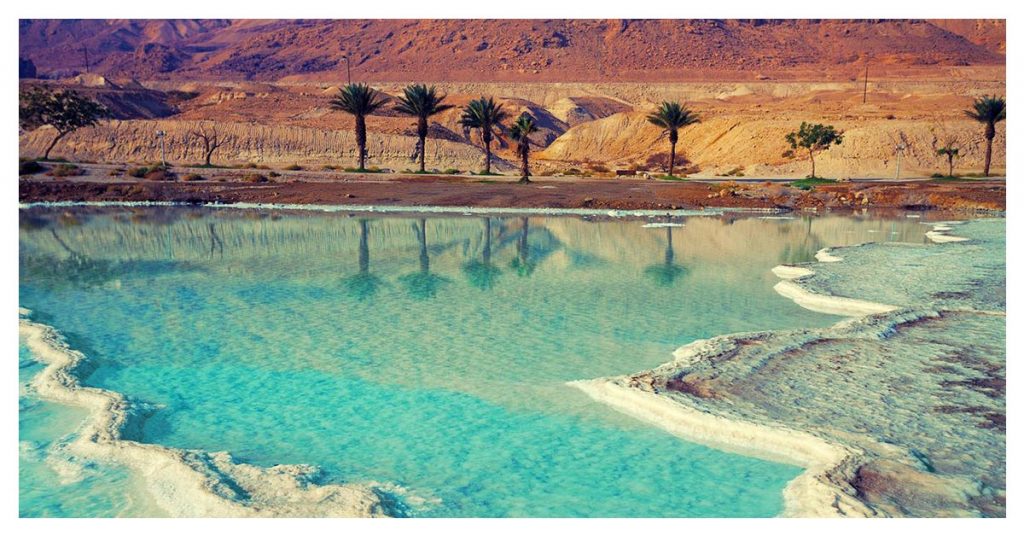
The Dead Sea, alternatively referred to as the Salt Sea, is a landlocked salt lake located in southwestern Asia between Israel and Jordan. Jordan owns the eastern side, while Israel owns the southern half of the western shore. The western shore’s northern half is located within the Palestinian West Bank and has been occupied by Israel since the 1967 Arab-Israeli war. The Jordan River, which supplies virtually all of the Dead Sea’s water, pours into the lake from the north. The Dead Sea is the lowest point on Earth and the lowest body of water.
Telmen Nuur Lake, Mongolia
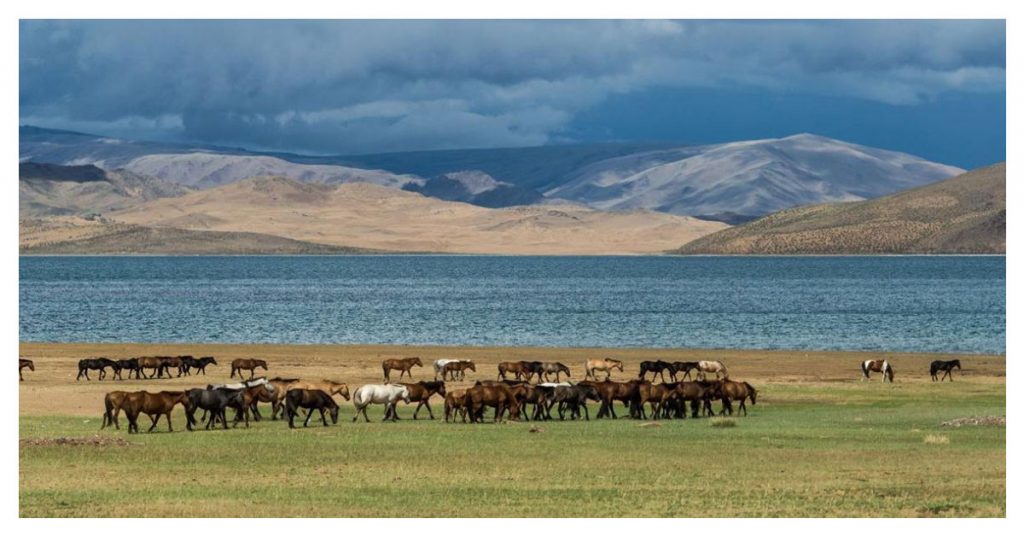
Telmen Nuur is a salt lake in the Bulnai Mountains to the southwest. It is located at an elevation of 1789 metres, approximately 20 kilometres northwest of Telmen. It is the largest lake in Dzavchan Ajmag, measuring 30 kilometres long by 16 kilometres wide and covering an area of 198 kilometres square. Its maximum depth is 5.5 metres. The nicest camping area is near the lake’s eastern edge, directly on the water. The air at the lake is similar to that of the sea. It consists of three islands and is home to a large number of migrating birds.
Lake Toba, Indonesia
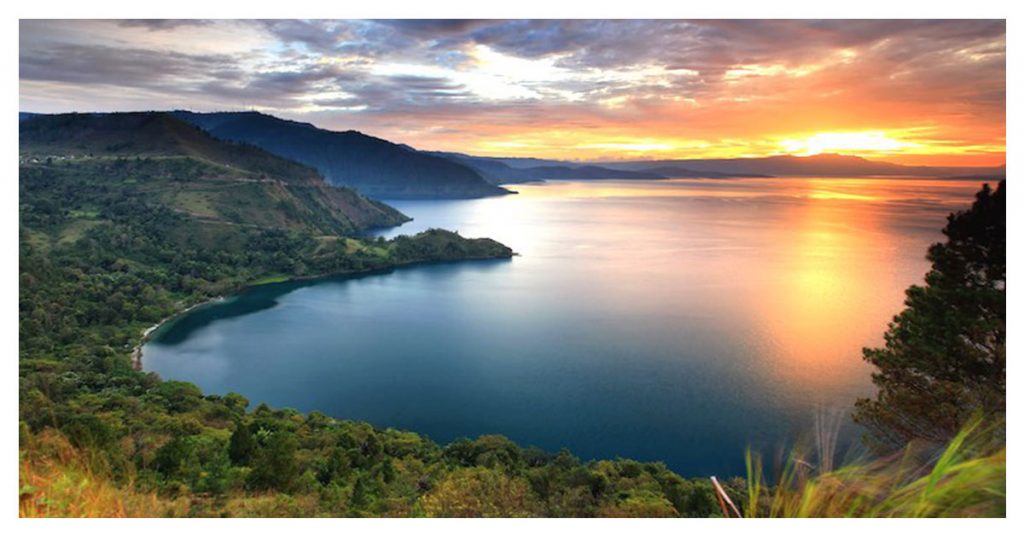
Lake Toba is a world-famous natural wonder. This massive crater lake is centred on an island about the size of Singapore. With a surface area of about 1,145 square kilometres and a depth of 450 metres, Lake Toba is more akin to an ocean. This is Southeast Asia’s largest lake and one of the deepest in the world.
Toba is a place to unwind, rest, and take in some breathtakingly gorgeous natural landscape. As you sit and soak in the beauty of the picturesque mountains juxtaposed against the clear, calm water, you will feel your concerns slip away. Due to the lake’s elevation of 900 metres above sea level, the climate is cooler, providing a welcome respite from the city’s heat, humidity, and pollution.
Lake Kayangan, The Philippines
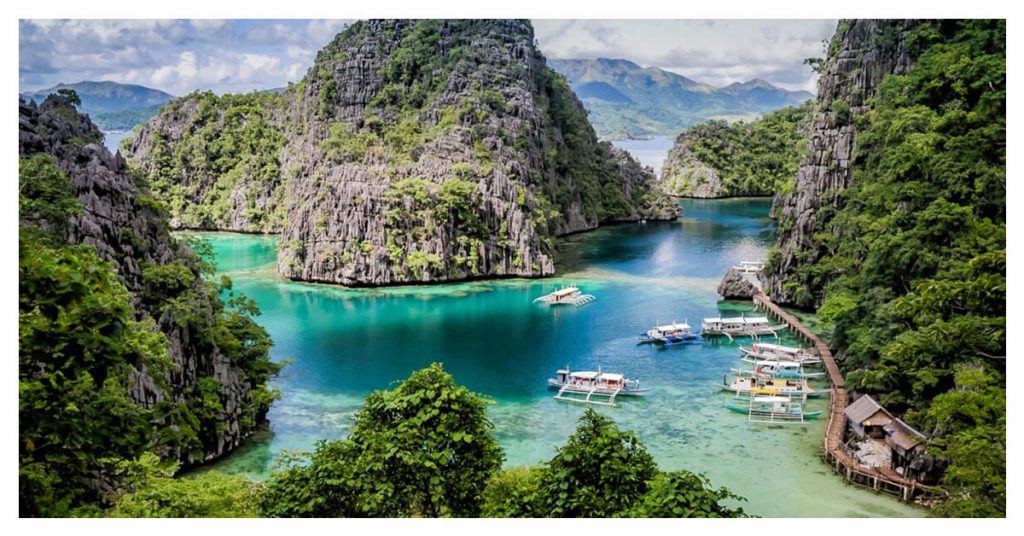
Kayangan Lake in Coron is a crystal-clear freshwater lake with underwater rock formations, caverns, and islets. It’s a popular place for photographers for rather obvious reasons, and is said to be the Philippines’ cleanest lake. The water is so pure that you can frequently see down to a depth of ten metres, allowing even non-swimmers to admire the lake’s unspoiled rock formations from the lake’s perspectives.
Kayangan Lake offers swimming, snorkelling, and scuba diving opportunities, as well as hiking to the overhanging mountain for panoramic views of the area. Keen hikers accompanied by a tour guide can also explore a cave at the summit, but may be unable to enter.
Lake Attabad, Pakistan
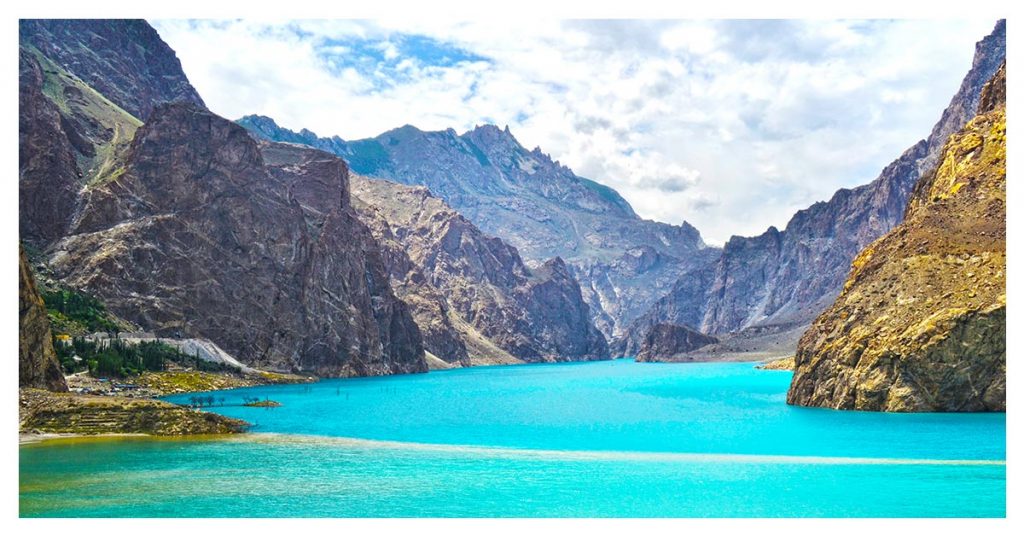
In Pakistan’s Gojal Valley (Gilgit Baltistan), the breathtaking Attabad Lake was created by a natural calamity in 2010. Also known as the Attabad Disaster, this lake is a popular tourist destination, with visitors frequently seeing jet skiing, fishing, boating, and participating in a variety of other leisure activities.
A glance at the brilliant blue hues of this magnificent lake will transport you to the realm of poets. The peaks of the Karakoram mountain range that surround the region add to the lake’s natural splendour.
Inle Lake, Myanmar
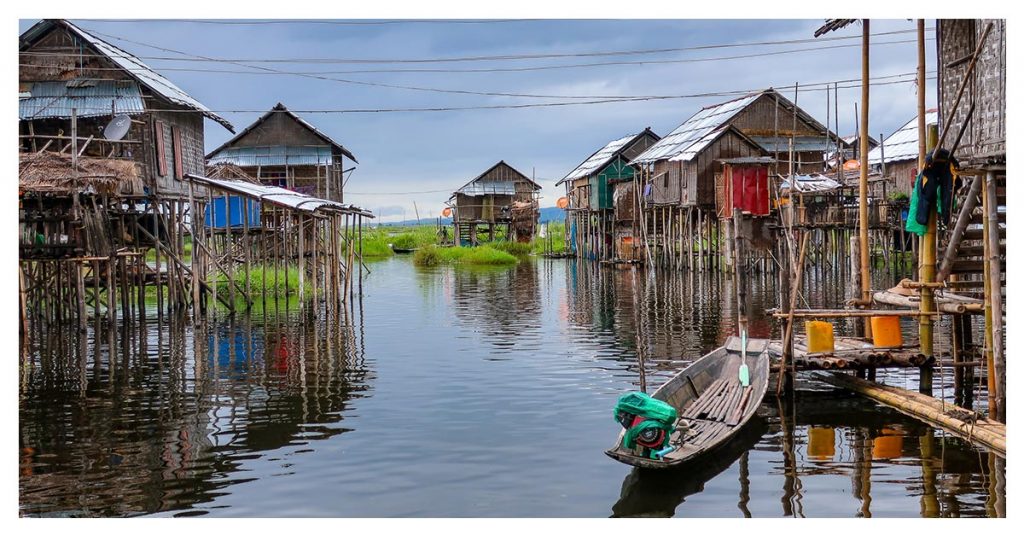
Inle Lake is located in western Shan State and is notable for its floating villages and gardens, as well as the unusual way of life of the indigenous Intha people, who live entirely on the lake. The lake, which measures 22 kilometres long by 10 kilometres wide and is located in a valley between two mountain ranges, feels like a world apart from the rest of Myanmar: in villages and towns across the lake, wooden houses are built on stilts and fishermen row their one-man boats using a distinctive rowing style in which they wrap one leg around their oar.
Dal Lake, India
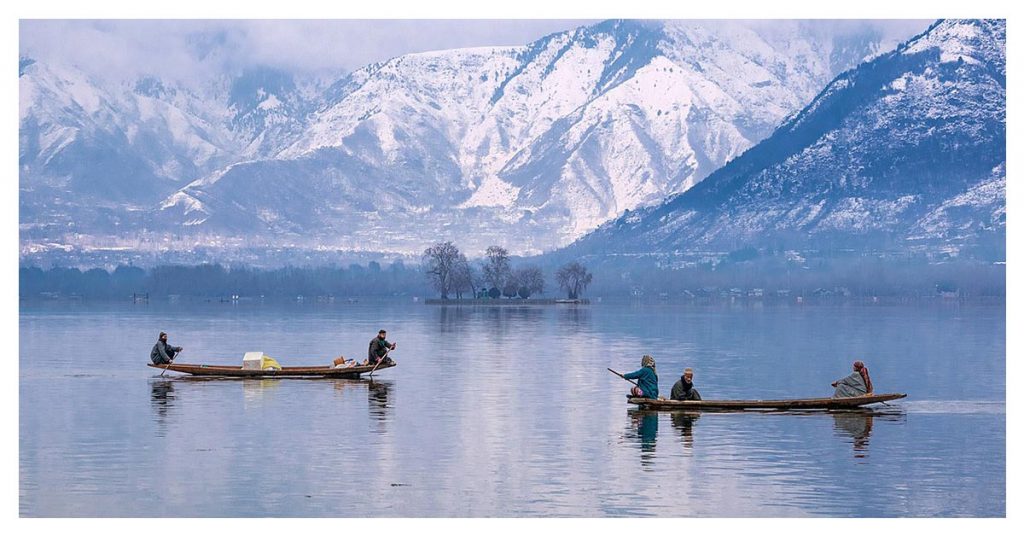
Dal Lake, Srinagar’s jewel, is nearly synonymous with visiting the town. It is the second-largest lake in Jammu & Kashmir, at 15 kilometres. The mirror-like Dal Lake reflects the snow-capped peaks of the Pir Panjal while the vibrant shikaras (gondolas) float by. Its primary attractions are houseboats and shikaras.
Srinagar’s Dal Lake is especially famous for its floating market (Raad). Vendors arrive in their Shikaras and approach guests with their most endearing handicrafts, saffron, delicacies, and even ice creams. Ice skating on the frozen Dal Lake attracts many people during the winter.
The Island of Char Chinar, Nagin Lake, Chashme Shahi, Shankaracharya Temple, Hari Parbat, Hazratbal Shrine, and Mazar-e-Shura Cemetery are significant attractions in and surrounding Dal Lake. A panoramic view of the lake is available from the banks of one of the Mughal Gardens.
Lake Whuhua Hai, China
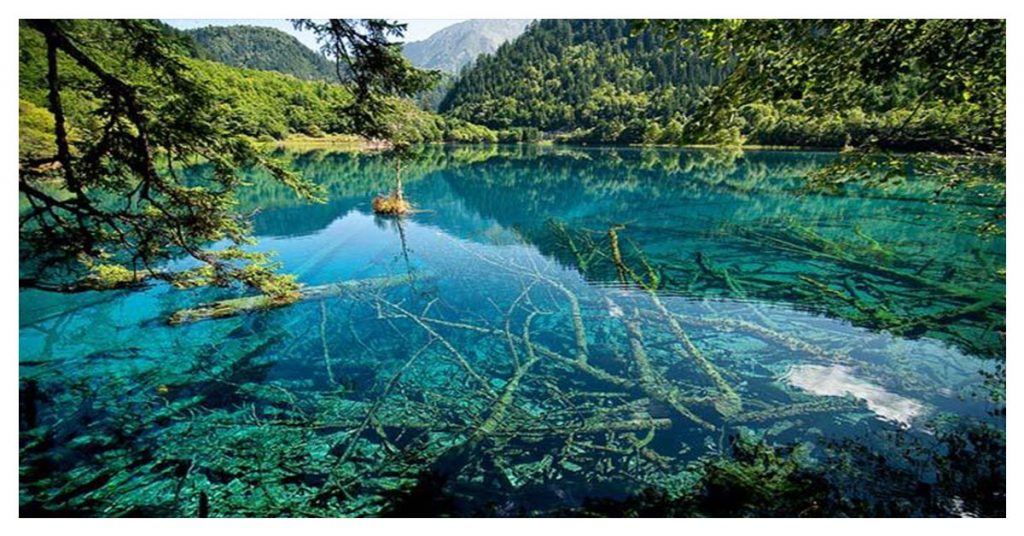
Mountain ranges surround this lake. The lake is 16 feet deep, yet the lakebed is visible beneath the pure water. It fluctuates in colour and is intriguing to see. The lake’s hues range from amber yellow to emerald green, dark jade to bright blue with a coral tint. However, the water is usually sapphire blue. The location is steeped in a plethora of mysteries and secrets. While the water levels in nearby lakes fluctuate, the water level in Five Flower Lake is constantly steady. In the winter, the lake does not freeze. Locals regard it as a heavenly lake. However, there is a rationale for this. Lime, calcium carbonate, and a variety of coloured hydrophytes are found in the water. Additionally, an underwater hot spring runs into the lake, preventing it from freezing.
Sarez Lake, Tajikistan
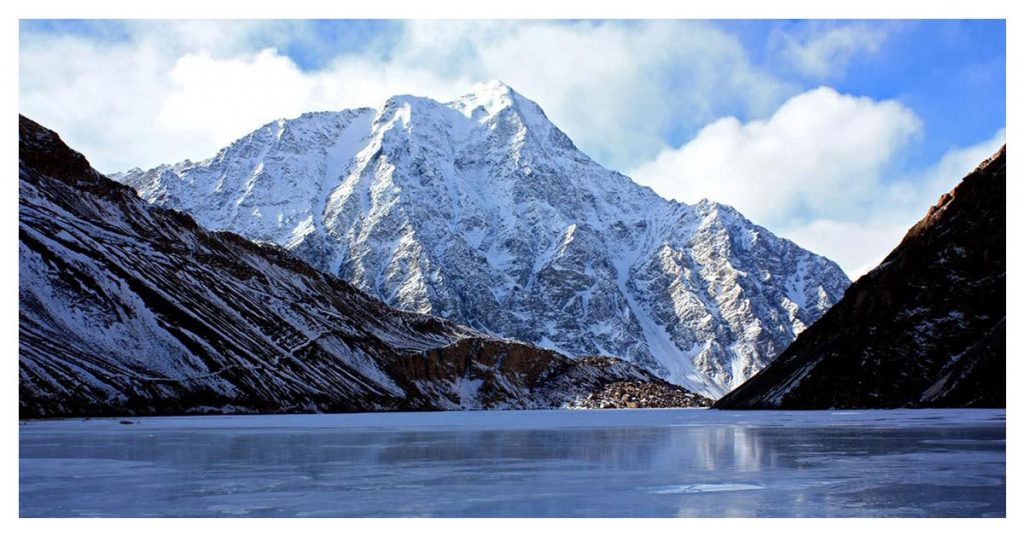
Sarez lake is a mountain lake tucked away in Central Tajikistan’s remote Pamir Mountains. The lake was formed in 1911 as a result of a magnitude 7.0 earthquake and a subsequent landslide of 2.2 million cubic metres, which built a massive natural barrier known as the Usoi Dam. At 567 metres in height, it is the world’s tallest dam, natural or man-made.
Due to the dam’s isolated position, it took more than a month for local authorities to become aware of its construction, which gradually filled the valley with regular rain and meltwater.
Lake Urmia, Iran
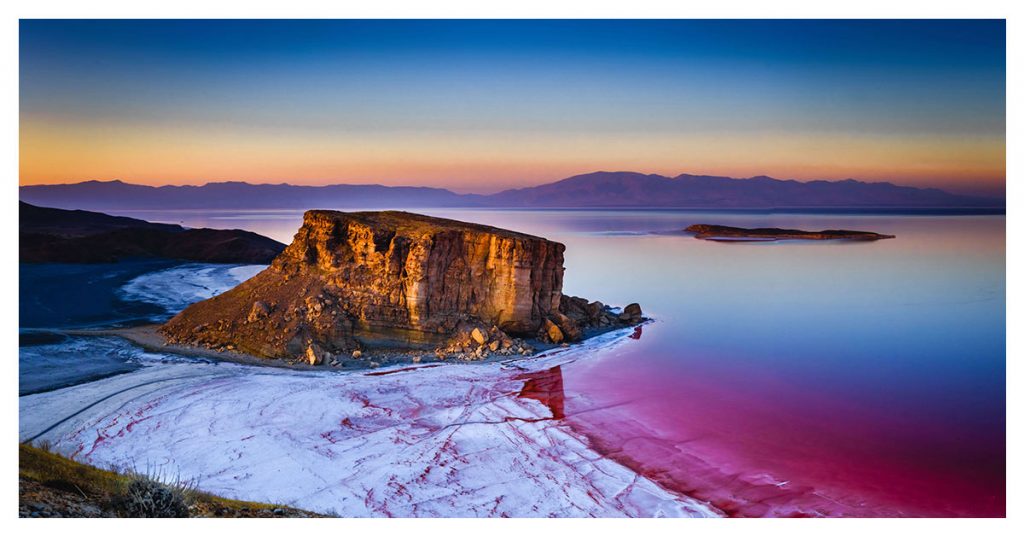
Lake Urmia is the largest lake in the Middle East, located in northwest Iran. As with the Dead Sea, it is notable for its waters’ severe salinity. The basin is bounded on the west and north by mountains, on the south by plateaus, and on the east by plateaus and volcanic cones. In the southern part of the island, there is a cluster of approximately 50 little islands. The shoreline varies according to the lake level; when the water is high, it spreads east and south into extensive salt marshes. The coasts of the lake are entirely deserted.
Band-e-Amir Lake, Afghanistan

Band-e Amir is a collection of six breathtakingly blue lakes located in the heart of central Afghanistan. The lakes are located in the Hindu Kush—the world’s second highest mountain range—80 kilometres from Bamiyan, the ancient town where the Taliban destroyed the world’s tallest Buddha statues in 2001. Surrounded by pink towering limestone cliffs devoid of vegetation, the breathtaking lakes appear completely out of place. These stunning lakes were formed by carbon dioxide-rich water that was pulled from the neighbouring mountains’ spring melt-water and emerged through fractures and cracks in the stony environment.
Lake Song Kul, Kyrgyzstan
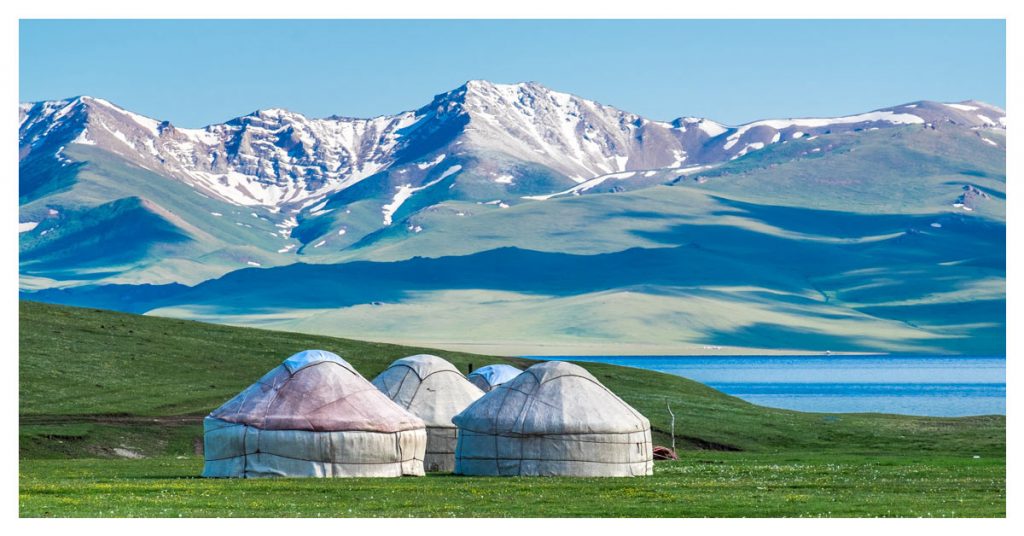
Song Kul is a 3016-meter-high alpine lake. It is Kyrgyzstan’s second largest lake, with an area of 270 square kilometres. The lake is tectonic in origin and is ringed by the Tian Shan mountains in the centre. There are around twenty rivers that feed the lake, and one of them is named the Kajyrty river. There are 66 species of seasonal birds that nest on its shores, as well as approximately ten fish species. In the 1960s, fish were intentionally introduced into the lake from Issyk-Kul region fish farms. The valley is devoid of trees yet is densely forested with nutritious grass for animals.
Gurudongmar Lake, India
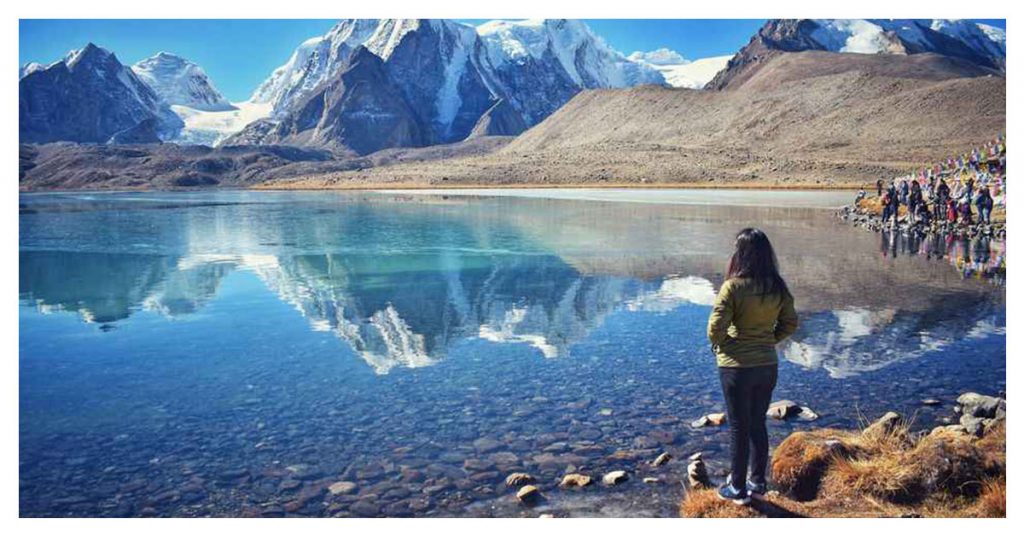
Gurudongmar lake, one of Sikkim’s most beautiful and pristine lakes, is located near the Tibetan and Chinese borders in the north. At 5,183 metres above sea level, the icy alpine lake is one of the principal sources of the river Teesta. The lake is named for the illustrious yogi Padmasambhava, who is said to have travelled through this region on his tour to Tibet. The greatest time to visit Gurudongmar Lake is between March and June, when the weather is good and one may enjoy bright crystal blue skies, rich foliage, and the magnificent and exquisite Gurudongmar Lake. During these months, the temperature ranges between 5°C and -5°C. March to June is the busiest tourist season.
Kolsai Lake, Kazakhstan
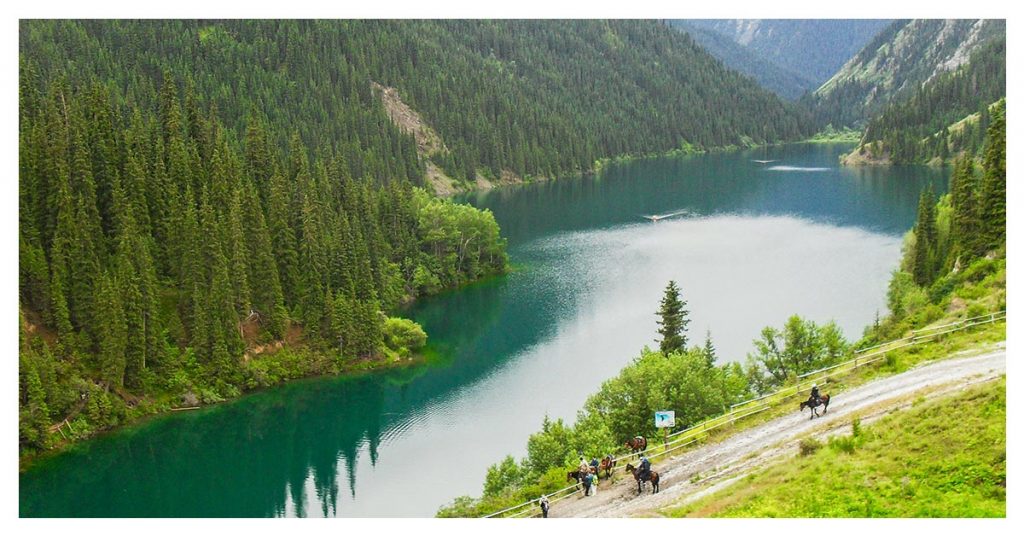
Kolsai’s three mountain lakes offer pure, dazzling blue waters surrounded by tranquil evergreen trees. Coming from smog-shrouded Almaty, this is a veritable oxygen bonanza. Lake Kaindy’s strange but magnificent subterranean forest is a natural in front of the camera.
It’s the ideal package – little wonder the lakes have developed a reputation as a tourist attraction. Kolsai Lakes are ideally situated inside an Almaty Region loop that includes Charyn Canyon, Altyn Emel, and maybe the Assy Plateau. Alternatively, as a layover on the way to Karakol, Kyrgyzstan, or Khorgos, China.
Lake Charvak, Uzbekistan
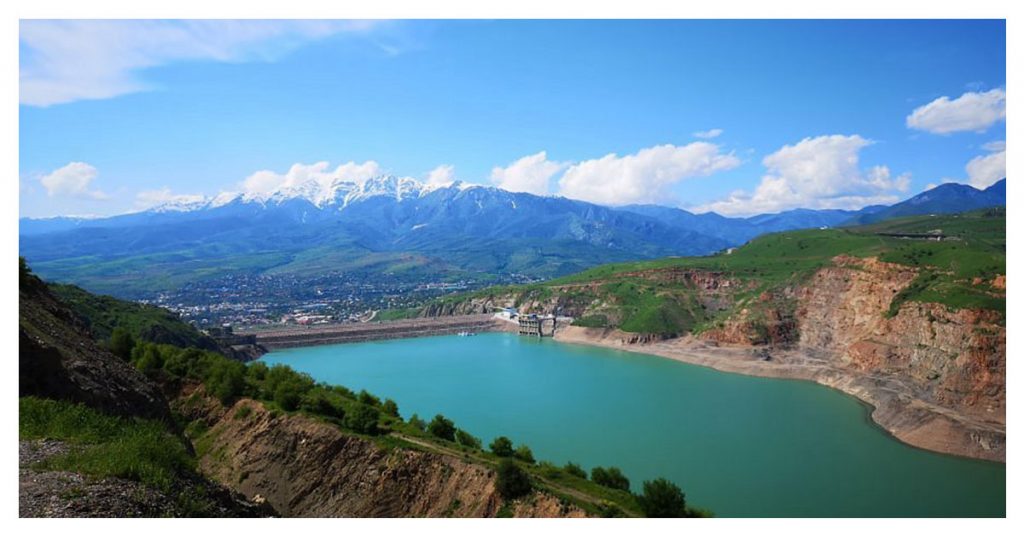
The Charvak Reservoir or Lake is a water reservoir located in the northern section of Tashkent, Uzbekistan, in the Bostanliq district. It is situated on the Chirchik river downstream from the confluence of the Pskem and Chatcal rivers, between the Chatkal and Ugam spurs of the western Tien Shan ridges. The reservoir is built with a 168-meter-high bulk-rock dam. The lake’s water surface area exceeds 37 kilometres square, however it decreases during the summer due to irrigated farming in the Chrchiq valley. The lake’s coastline stretches for 100 kilometres. A Uzbekistan tour enables you to explore Charvak Lake, which is surrounded by snow-capped mountains.
Ba Be Lake, Vietnam
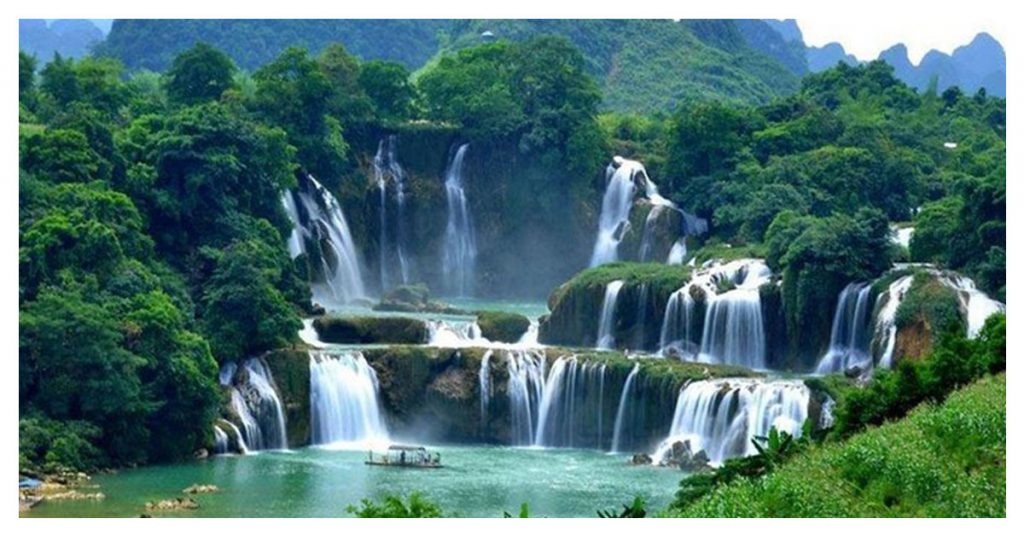
The lake is actually made up of three smaller lakes – Pe Lam, Pe Lu, and Pe Leng. In 1978, the area was designated as a national conserved forest and tourist centre, and in 1992, it was designated as Vietnam’s eighth national park. It was recently designated by UNESCO as Vietnam’s third Ramsar site – a globally significant wetland. The lake, which is 145m above sea level, has an average depth of 20-25m and a maximum depth of 35m. The lake bed is composed of limestone with millions of crags and crevasses that provide ideal habitat for a diverse array of marine life – the lakes are home to over a hundred different species of freshwater fish.


